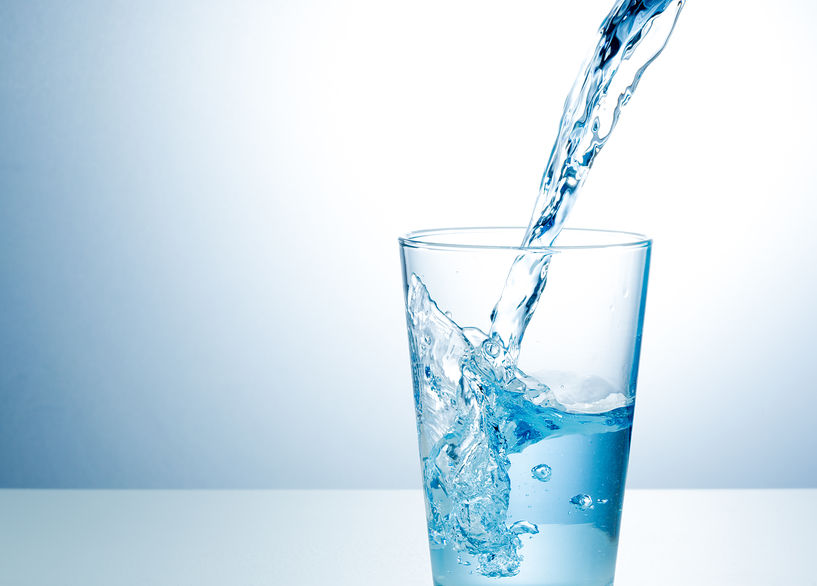The term intermittent fasting (“ayuno intermitente” in Spanish), IF for short, is a growing popular Google search term and a question Susana and I often get asked during our Instagram live sessions and is a frequently asked question we see in our YouTube comments.
So let’s unravel this mystery. Intermittent fasting in short is simply the practice of eating within a shortened period of time, while fasting the remaining time. The great thing is that you can still eat the same amounts of food, just within a smaller time frame. This is referred to as your eating window. And drinking water is allowed and recommended during the fasting time. As staying well hydrated is essential for your overall health!

Fasting shouldn’t be confused with starvation though. As fasting is the willful refraining from eating.
The most common form of breaking your fast is done when we have our breakfast. The English word breakfast literally consists of the two terms “break” and “fast”. We are thus breaking our fast when we are having our breakfast.
While intermittent fasting is growing in popularity, fasting itself surely isn’t a new thing. Hippocrates the ancient Greek physician believed that fasting enables the body to heal itself. But fasting dates even further back in time and can be witnessed in all world religions in some sort of form.
The black Egyptian, Imhotep was a genius in multiple subjects. He is credited with building the first pyramid from my understanding and excelled in many subjects from math and architecture to also medicine. His writings date back 2,200 years before Hippocrates and shows fasting was an often practice.
So why do people engage in intermittent fasting and what are the perceived benefits?
Typically intermittent fasting may lead to three key benefits. From losing weight, improved focus and a boost in energy. And more specifically research on intermittent fasting (although still quite young), suggests the following benefits among others:
- Weight loss
- Possible reduction of insulin resistance and lower blood sugar level by 3-6% and insulin levels by 20-31%
- Reduced risk of inflammation
- Increases brain hormone BDNF
- Lowers bad LDL cholesterol
I personally have practiced intermittent fasting for several days to weeks in a row and experienced that it lowered my sugar cravings, reduced my sensitivity to allergies, I noticed having a better glowing skin and experienced less stomach bloating and an increased level of focus.
While there are many variations of intermittent fasting, The 16:8 fasting method is a popular fasting method to start with. This means that you fast for 16 hours consecutively and can only eat within an 8 hour eating window daily. In practice this means that you only can eat from 12 noon till 8pm for example.
If you like to start with intermittent fasting and would like more information please follow Susana and myself on Instagram and we promise to share more detail and a step by step guidance on intermittent fasting in the near future:
https://instagram.com/susanayabar
PS: Please note that in order to benefit from intermittent fasting, one is advised to keep a healthy and balanced diet. This doesn’t mean you should simply eat any type of food during your shortened eating window. While many people tend to use a form of intermittent fasting as a justification to “keep eating unhealthy”, this is surely not what we recommend.
As Hippocrates who is regarded as the father of modern medicine famously said:
“our food should be our medicine, our medicine should be our food”
Let’s not be tempted to compromise our health for taste alone.
To your success and confidence!
Much love,
Stanley @Sarpong